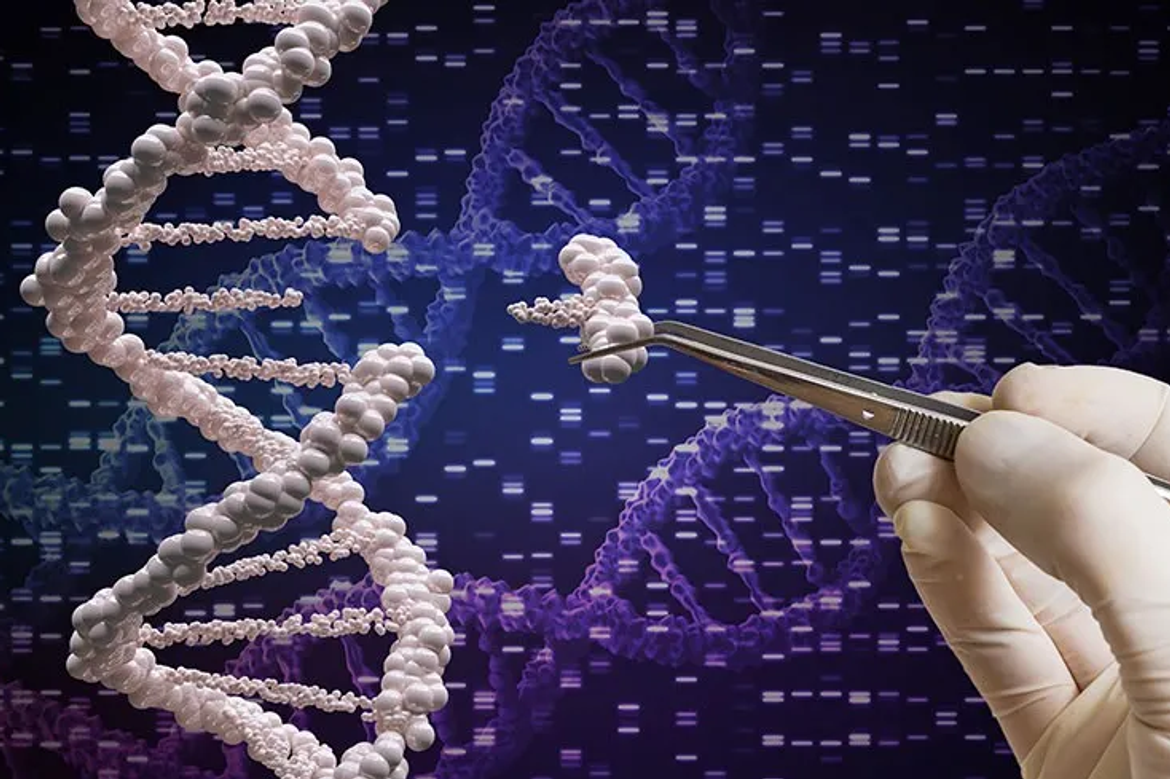Featured







Revolutionizing Machine Learning with a Decentralized Federated Learning Platform
In today’s digital landscape, the need for privacy-preserving, scalable, and decentralized machine learning solutions is more critical than ever. With vast amounts of data distributed across different sources, centralized AI models face challenges related to privacy, data security, and the cost of data transfer. The advent of decentralized federated learning offers a cutting-edge solution to these problems.

Understanding Drug Synergy and Its Role in Predicting Effective Therapies
Drug synergy is a concept that has revolutionized the way we approach combination therapies in modern medicine. By combining two or more drugs, researchers aim to enhance the overall therapeutic outcome in ways that surpass what each drug can achieve individually. In this blog, we will dive into the fundamentals of drug synergy, explore the metrics used to quantify drug interactions, and examine several models used in drug synergy prediction, including Loewe Additivity, Bliss Independence, and the ZIP model.

sgRNA-DNA sequence encoding: Paper Analysis and Research Scope
The CRISPR-Cas9 gene editing technique has revolutionized biotechnology by enabling precise DNA modifications. However, one of its significant challenges is off-target effects, which occur when the Cas9 enzyme unintentionally edits similar but unintended locations in the genome. These off-target mutations can have detrimental consequences, especially in therapeutic applications. To address this problem, the research paper presents a novel deep learning-based approach to improve off-target prediction accuracy in CRISPR-Cas9, focusing on the interaction between sgRNA (single guide RNA) sequences and DNA.

Apindel: Detailed Literature Review and Research Scope
The paper titled “Predicting CRISPR/Cas9 Repair Outcomes by Attention-Based Deep Learning Framework” introduces the Apindel model, a deep learning architecture designed to predict DNA repair outcomes post-CRISPR/Cas9 gene editing. This literature review delves into the methodologies, dataset details, and potential improvements.

Introduction to Graph Theory and Graph Neural Networks (GNNs)
Graphs are powerful tools for representing and analysing complex relationships in data. By converting real-world data into graphs, we can uncover patterns and insights that are often hidden in raw datasets. In this blog, we’ll explore the basics of graph theory, its applications in various domains, the common formats and datasets used in graph analysis, and how graphs are utilized in machine learning, particularly with Graph Neural Networks (GNNs).